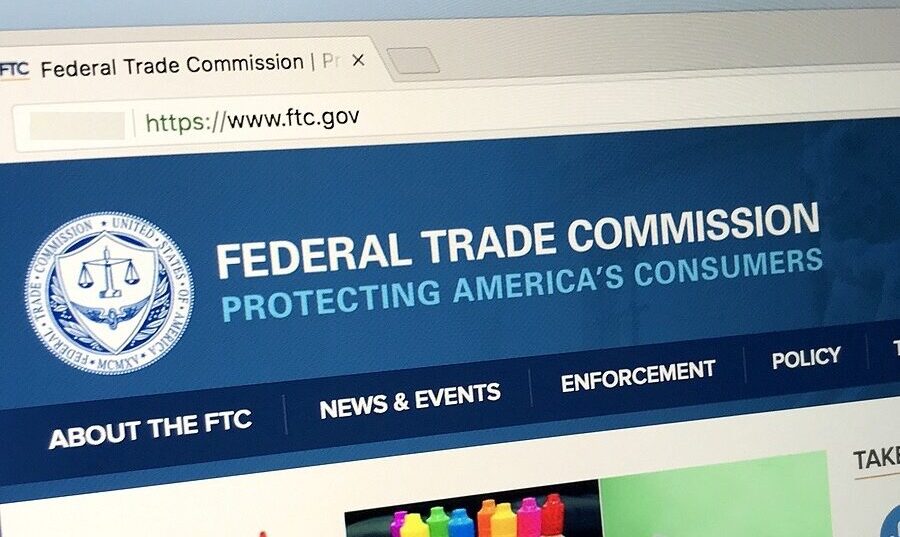
The Subscription Churn Primer: How to Maintain a Healthy Renewal Rate
Source: Bigstock
If you're spending a large amount of time and money to acquire new customers, do renewals really matter? They do, and it's a matter of your profitability. That's because there's a good chance that you're spending quite a bit of money to acquire every new subscriber. In general, the average subscription business pays about what the first term of service would be in order to acquire that new subscriber. Unless they just appear out of thin air, which is pretty unlikely, there wil...
HELLO!
This premium article is exclusively reserved for Subscription Insider PRO members.
Want access to premium member-only content like this article? Plus, conference discounts and other benefits? We deliver the information you need, for improved decision-making, skills, and subscription business profitability. Check out these membership options!
Learn more about Subscription Insider PRO memberships!
Already a Subscription Insider PRO Member?
Please Log-In Here!







